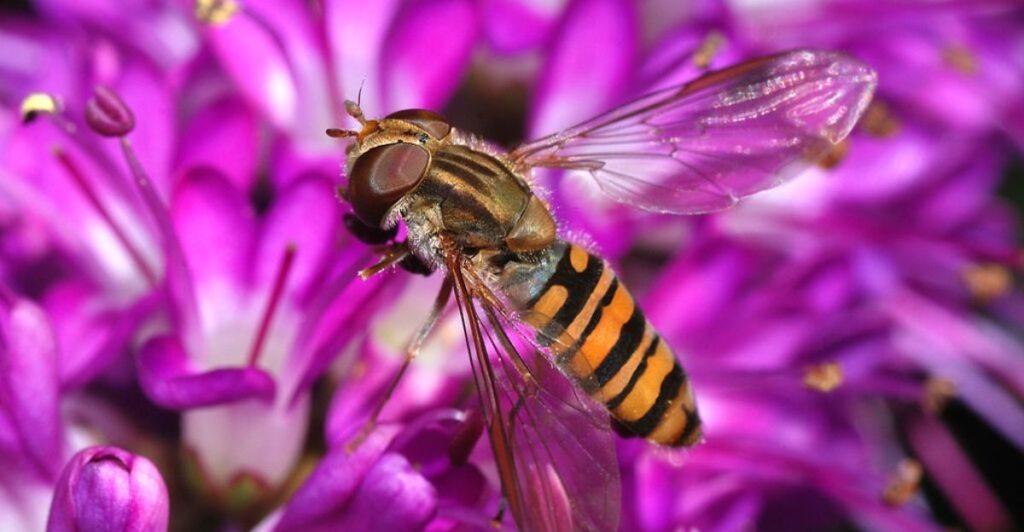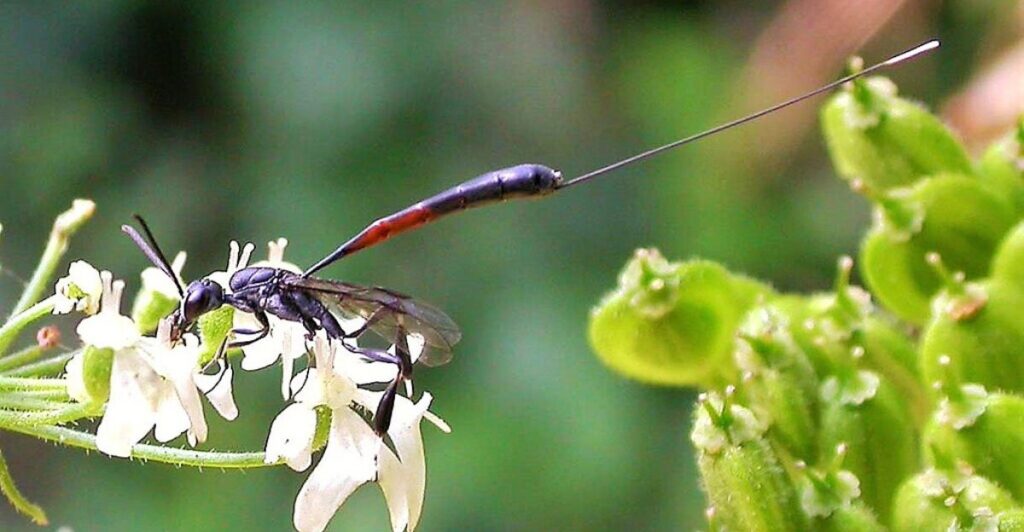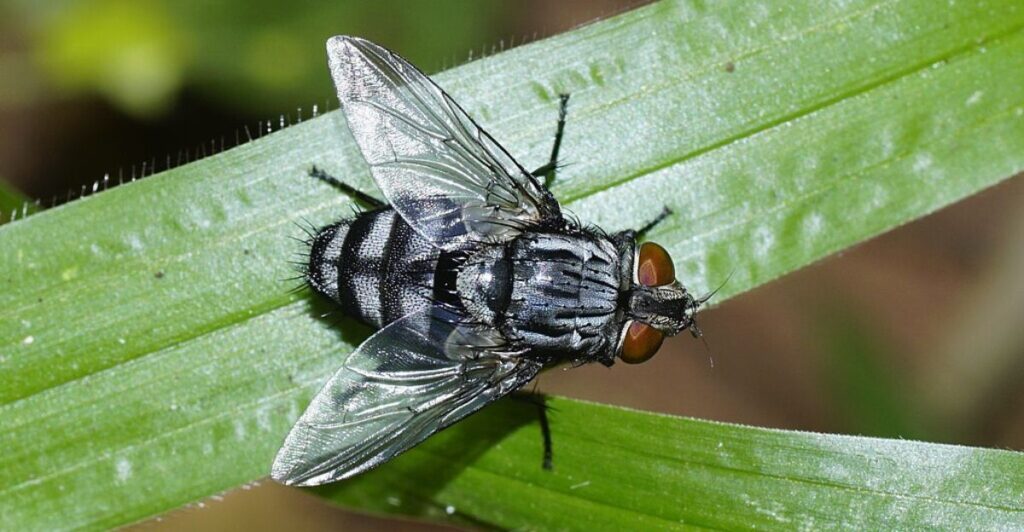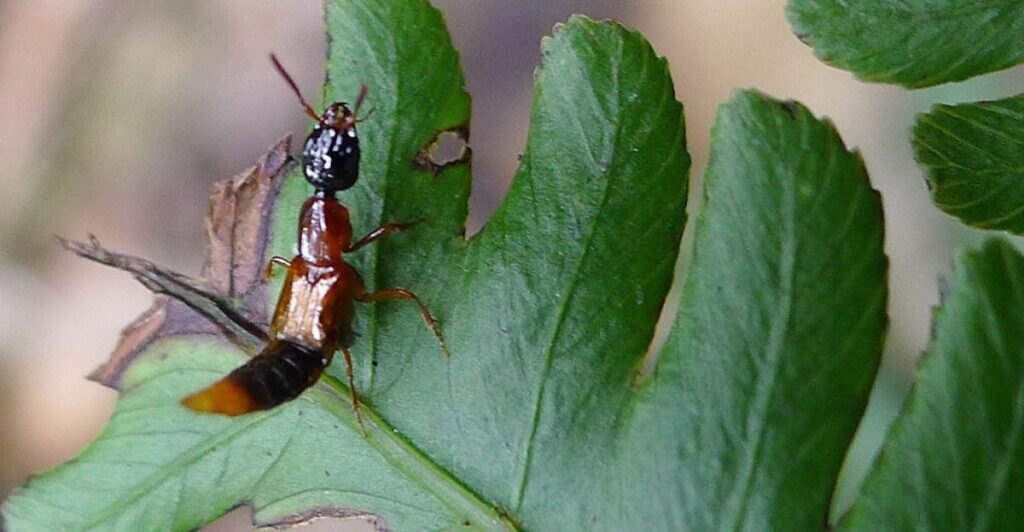
Gardening isn’t a solo mission. Behind the scenes, a squad of tiny, winged, and crawling helpers is keeping things in order. Before reaching for harmful chemicals, it’s important to know which of these beneficial bugs are lending a hand. Here are 12 insects that might be your garden’s secret service, handling pests and pollination like pros.
1. Hoverflies: Pollinators and Pest Controllers

Those tiny bee look-alikes buzzing around your flowers are more useful than you think. Hoverfly larvae feast on aphids and tackle infestations before they spread. The adults, meanwhile, pollinate your blooms, supporting plant health. They’re quiet, efficient, and all about multitasking.
2. Parasitic Wasps: Silent Eliminators of Pests

If caterpillars are mysteriously disappearing, these wasps are probably at work. Parasitic wasps lay eggs on pests, and their larvae feed on the hosts. While it’s a harsh process, it helps keep your garden free of pests. The wasps rarely bother humans and focus solely on garden invaders.
3. Ground Beetles: Nighttime Hunters of Soil-Dwelling Pests

Beneath the soil’s surface, the nocturnal hunters are on pest patrol. Slugs, snails, and larvae are no match for ground beetles’ relentless appetites. During the day, ground beetles hide under mulch or rocks, but at night, they defend your garden from damage.
4. Green Praying Mantises: Ambush Predators in Your Garden

Patience makes these green hunters effective. Hidden among leaves, praying mantises strike pests like caterpillars and beetles with lightning speed. Their work keeps harmful insects in check without chemicals. They might look intimidating, but they’re harmless for humans.
5. Assassin Bugs: Stealthy Predators of Harmful Insects

Assassin bugs creep through the leaves to take down aphids, caterpillars, and beetles with ruthless efficiency. You might notice the sharp mouthparts that are used to deliver a quick end to garden pests. These bugs are quite discreet and low-maintenance for gardeners.
6. Damsel Bugs: Agile Hunters of Aphids and Caterpillars

Quick reflexes are the specialty of these bugs, and they are excellent pest control agents. Damsel bugs dart through leaves in a flash to catch aphids and mites. Plus, they live happily in gardens with plenty of flowers and grasses—best for the blooming season.
7. Minute Pirate Bugs: Tiny Predators with a Big Impact

Tiny but relentless, pirate bugs go after thrips, spider mites, and aphids. They patrol leaves and flowers, which keeps pest numbers low. Their small size makes them easy to miss, but the damage these pirates prevent is hard to ignore.
8. Soldier Beetles: Pollinators and Pest Predators

When soft-bodied insects invade, soldier beetles step in. Along the way, you might see them devour pests while pollinating flowers. You’ll often see them on blossoms, doing double duty. Soldier beetles are harmless, with their focus on keeping flowers blooming.
9. Tachinid Flies: Parasitizers of Garden Pests

Tachinid flies might look like ordinary flies, but they handle pests from the inside out. The eggs of these insects get attached to caterpillars and other pests, and the larvae feed on the host. It’s nature’s pest control system at work. Just plant flowers like dill and fennel to attract them.
10. Fireflies: Illuminating Allies Against Pests

That glow in the evening isn’t just for show. Firefly larvae hunt slugs, snails, and other soft-bodied pests that can damage your plants. However, note that they do not contribute to pest control. Your beautiful garden guests thrive in moist areas and leaf litter.
11. Rove Beetles: Versatile Consumers of Pests

Rove beetles handle a range of pests and are quick and adaptable. Since they are active day and night, you’ll often find them under mulch or damp soil, where they eat unwanted guests like aphids, mites, and caterpillars. Offer them a pesticide-free environment to appreciate their help.
12. Earwigs: Nocturnal Feeders on Aphids and Mites

Bad reputation, good intentions. Earwigs are nighttime hunters that feast on common trespassers and decaying matter. They keep those problems under control while cleaning up dried plant material. Despite their appearance, earwigs are just another helpful ally in your garden.
Add this code to the end of each article and gallery (by using the code editor):
Stay connected with us for more stories like this! Follow us to get the latest updates or hit the Follow button at the top of this article, and let us know what you think by leaving your feedback below. We’d love to hear from you!







